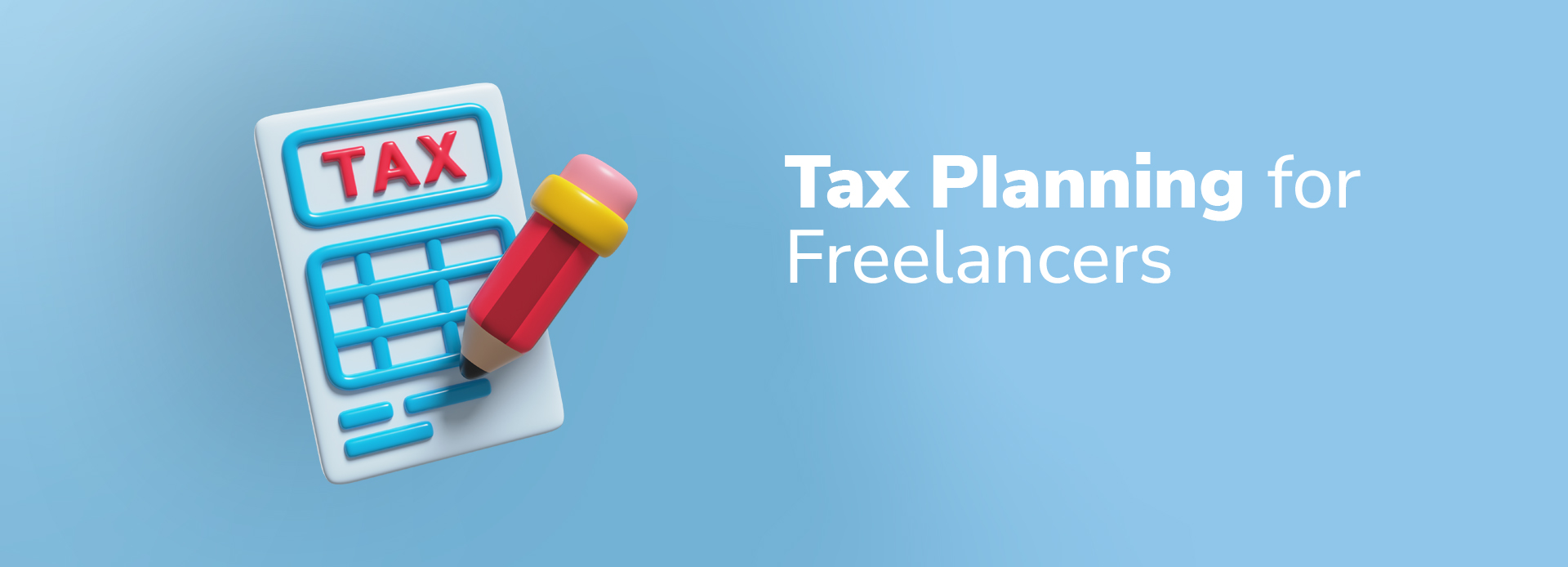Tax Planning for Freelancers: What You Need to Know
Published on October 12, 2024 | 20 min read
Freelancing offers incredible freedom and flexibility, but it also comes with more complex tax responsibilities than traditional employment. Without proper planning, many independent workers face unpleasant surprises at tax time. This comprehensive guide will help you understand your tax obligations, maximize deductions, and implement strategies to minimize your tax liability legally.
Understanding Freelancer Tax Obligations
As a freelancer, you're responsible for several taxes that employers typically handle:
1. Income Tax
You must pay federal and state income taxes on your net profit (income minus business expenses). Unlike employees who have taxes withheld from paychecks, freelancers pay estimated taxes quarterly.
2. Self-Employment Tax
This 15.3% tax covers Social Security and Medicare contributions that would normally be split between employer and employee in traditional jobs.
3. State/Local Taxes
Depending on your location, you may owe additional business taxes, franchise taxes, or local income taxes.
Quarterly Estimated Tax Payments
Freelancers generally need to make estimated tax payments four times per year:
| Payment Period | Due Date |
|---|---|
| January 1 - March 31 | April 15 |
| April 1 - May 31 | June 15 |
| June 1 - August 31 | September 15 |
| September 1 - December 31 | January 15 (following year) |
Calculating estimated payments: Many freelancers use the "100% of prior year's tax" or "90% of current year's tax" methods to determine payments. Tax software or an accountant can help with these calculations.
Maximizing Deductions
Every legitimate business expense you claim reduces your taxable income. Common freelancer deductions include:
Home Office Deduction
If you have a dedicated workspace at home, you can deduct a portion of:
- Rent or mortgage interest
- Utilities
- Homeowners insurance
- Repairs and maintenance
Calculation methods:
- Simplified method: $5 per square foot of office space (max 300 sq ft)
- Regular method: Percentage of home used for business applied to actual expenses
Equipment and Supplies
Deductible items include:
- Computers, tablets, and phones used for business
- Software subscriptions (Adobe Creative Cloud, project management tools, etc.)
- Office furniture and supplies
- Cameras, microphones, or other professional equipment
Professional Services
- Accounting and legal fees
- Business coaching or consulting
- Contractor payments (if you subcontract work)
Education and Training
- Industry conferences and workshops
- Online courses and certifications
- Professional books and publications
Marketing and Advertising
- Website hosting and maintenance
- Business cards and printed marketing materials
- Online ads and social media promotions
Health Insurance Premiums
Self-employed individuals can deduct 100% of health insurance premiums for themselves and their families.
Retirement Savings Options
Freelancer-friendly retirement plans offer tax advantages:
SEP IRA
- Contribute up to 25% of net earnings (max $66,000 in 2023)
- Easy to set up and administer
- Tax-deductible contributions
Solo 401(k)
- Higher contribution limits than SEP IRA
- Can make both employer and employee contributions
- Allows Roth option (after-tax contributions)
Traditional or Roth IRA
- $6,500 contribution limit in 2023 ($7,500 if 50+)
- Roth IRA offers tax-free withdrawals in retirement
"Setting up a SEP IRA was one of the best financial decisions I made as a freelancer. Not only does it help me save for retirement, but the tax deductions have saved me thousands each year." — David R., Freelance Consultant
Working With a Tax Professional
While many freelancers handle their own taxes, consider hiring a professional if:
- You earn over $100,000 annually
- You have multiple income streams or complex deductions
- You're incorporating your business
- You're subject to state taxes in multiple jurisdictions
A good accountant can often save you more in taxes than they cost in fees. Look for professionals experienced with self-employed clients in your industry.
By understanding your tax obligations, maintaining organized records, and implementing smart strategies, you can minimize stress and maximize your after-tax income as a freelancer.


.png)


